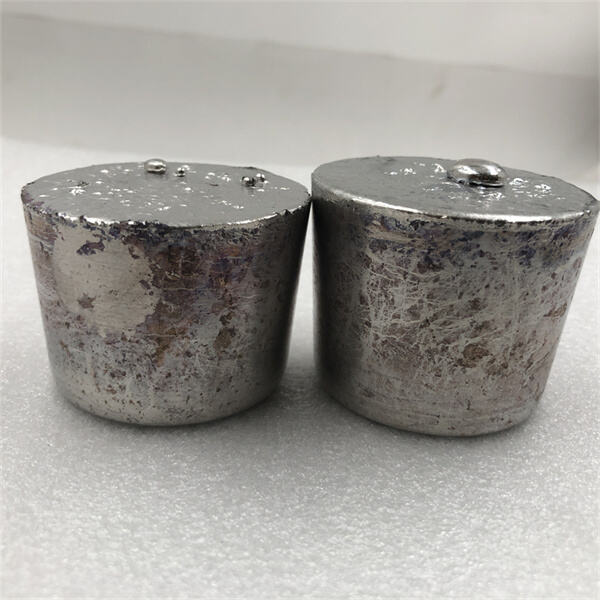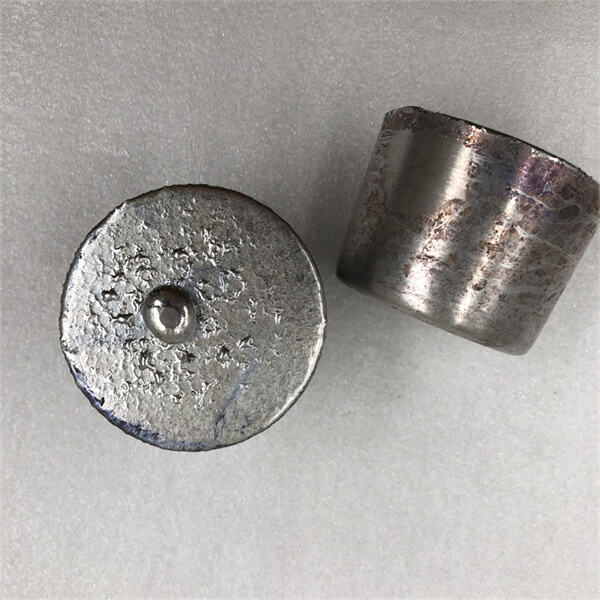TMC METAL’s tin bismuth alloy, is a duo of two special metals. In this article, let’s get to know how and where can tin and bismuth alloy utilized in a number of industries and how it helps to do so.
Tin bismuth alloy properties Tin bismuth alloy is one of the most common combination for a variety of uses. One great thing about this alloy is it melts at a low temperature. That makes it easily meltable and shapeable. Great for electronics which have small parts since small parts are regularly used.
Alloys of tin and bismuth are very common in electronics. This alloy is often used in solder, the material used to connect electronic parts together. Its low melting point makes it very workable, and it forms durable bonds between parts. It is also found in semiconductors, which are critical components in devices such as computers and smartphones.

Yet, another reason due to which tin indium is gaining popularity is its environment-friendly nature. Unlike some other metals, tin and bismuth alloy can be recycled numerous times without degradation. That means less waste generated in production, which is better for companies that are environmentally conscious.

Alloy of tin and bismuth is also revolutionizing the automobile industry. This alloy is used to make lightweight, strong, durable parts, which in turn enable cars to use less fuel and generate fewer emissions, making lower impact on the environment. Its relatively low melting point also makes it easy to work with, enabling car manufacturers to create shapes and designs that were difficult to achieve previously.

The potential for tin and bismuth in 3D printing appears to have a promising future. This alloy is simple to melt and shape, so perfect for 3D printing. Now, manufacturers are experimenting with new uses for a tin and bismuth alloy that enables the printing of intricate 3D objects that until now have been difficult to fabricate.